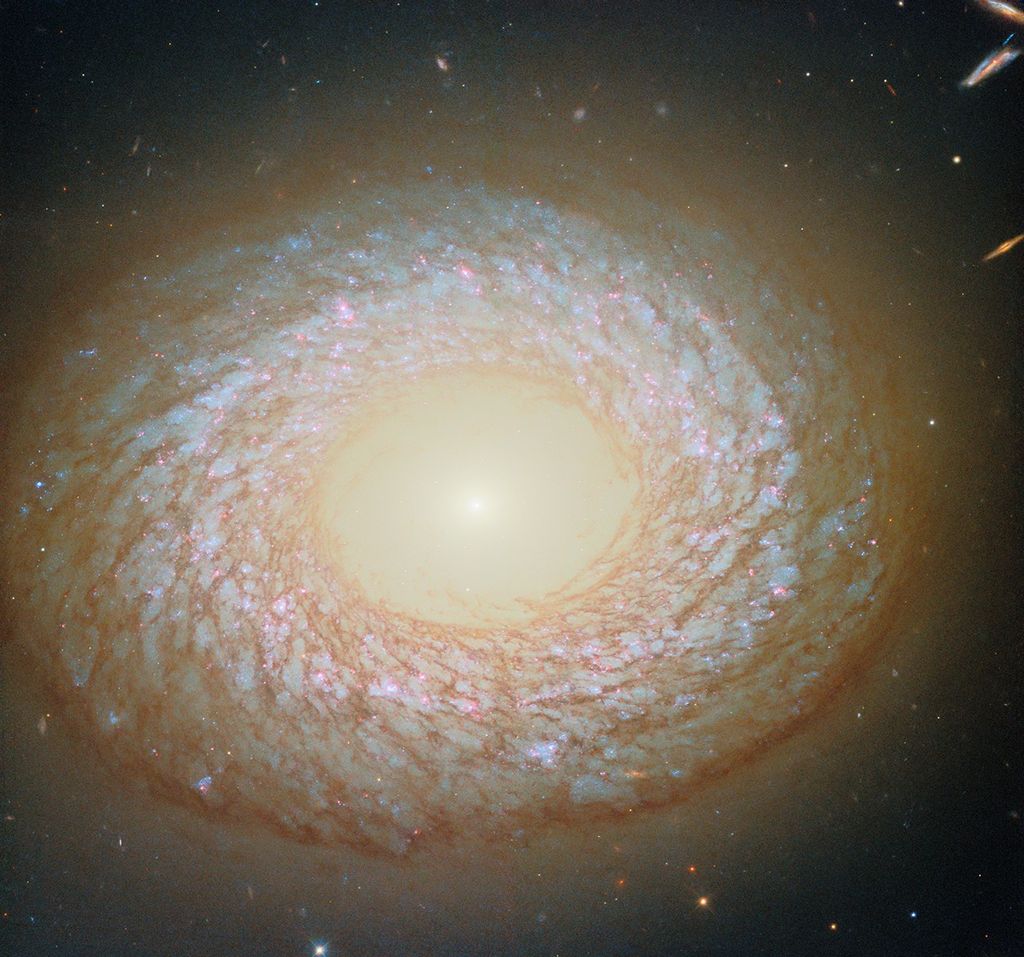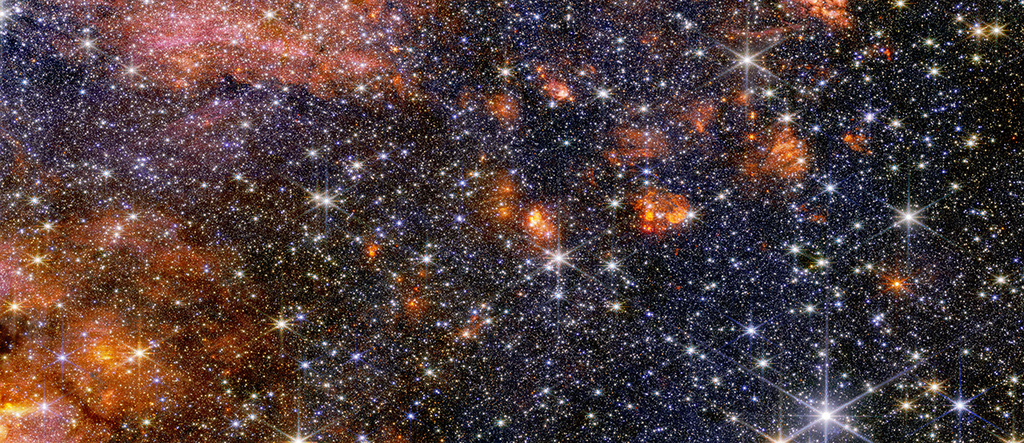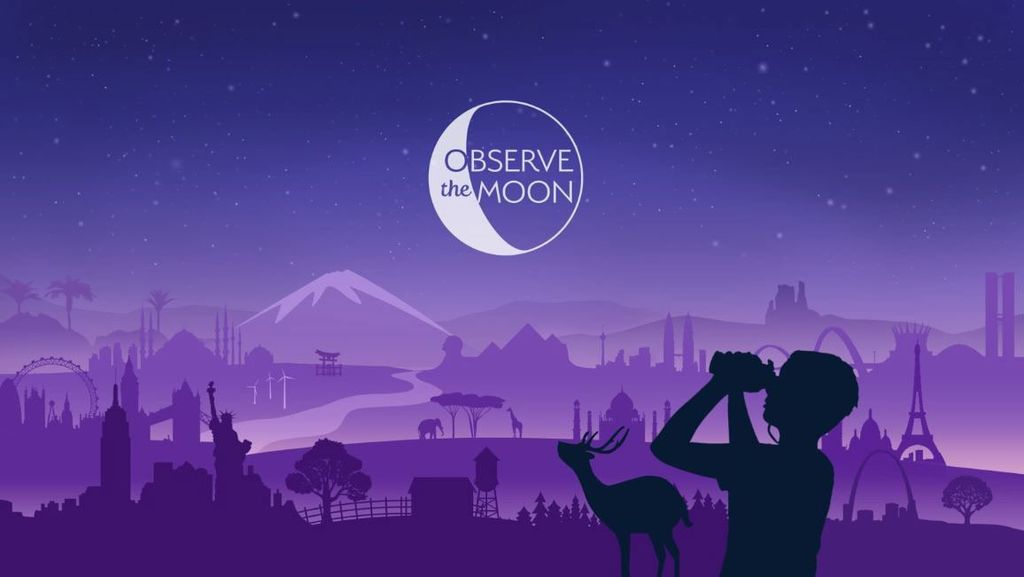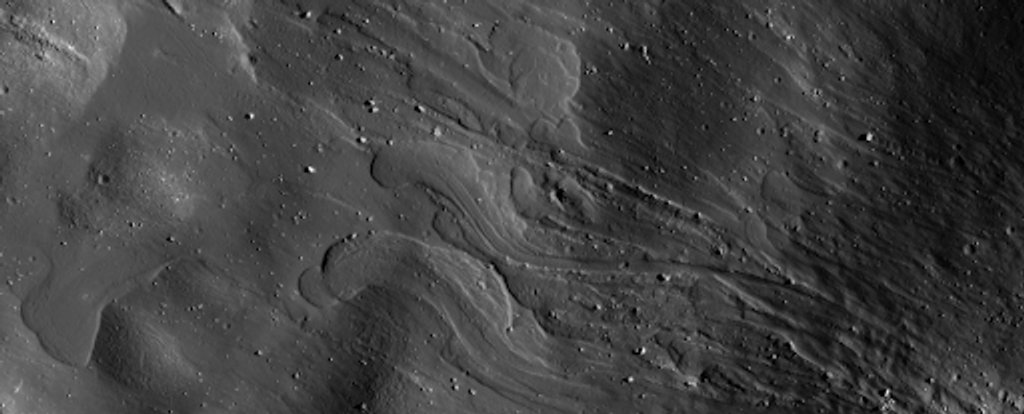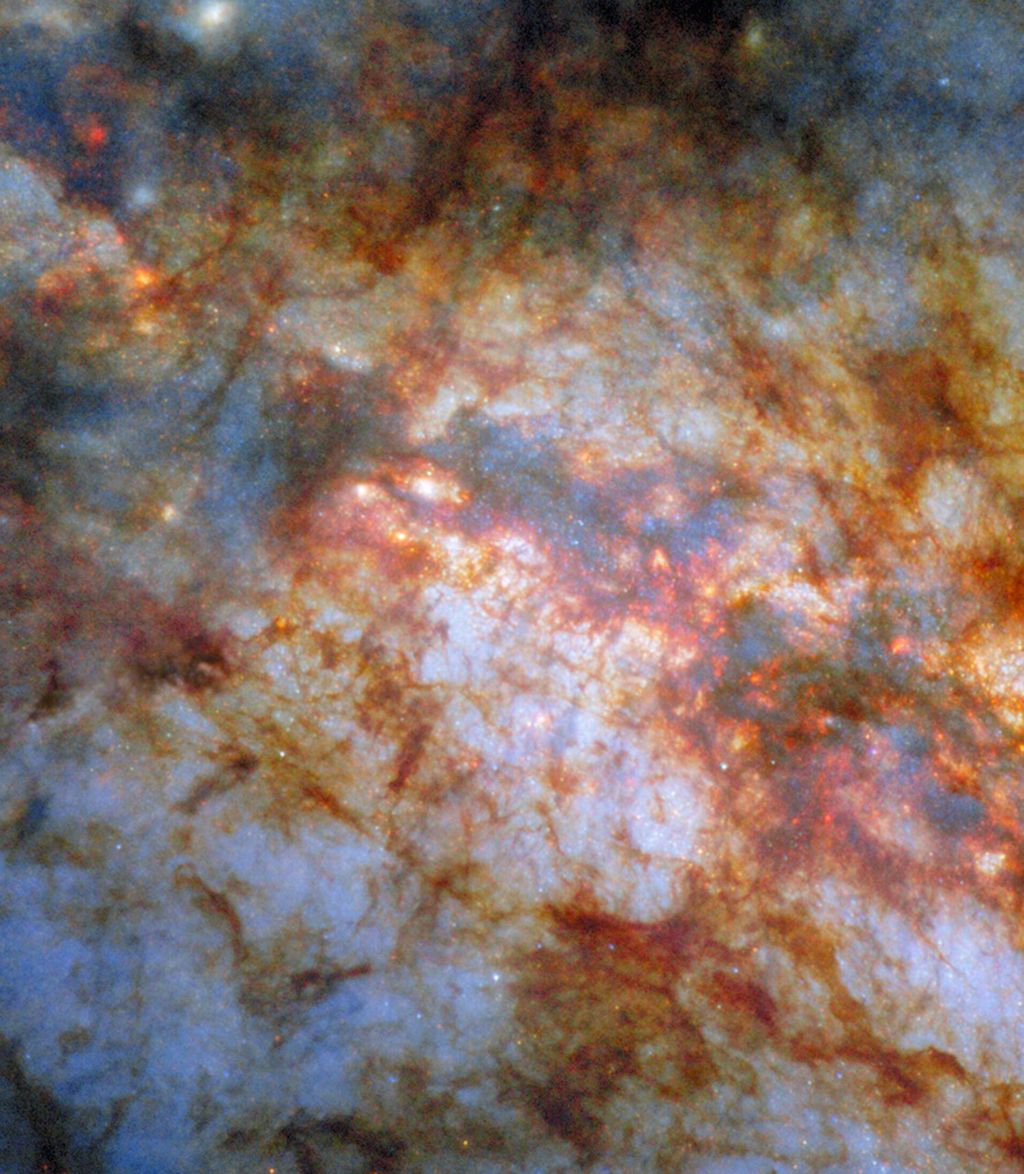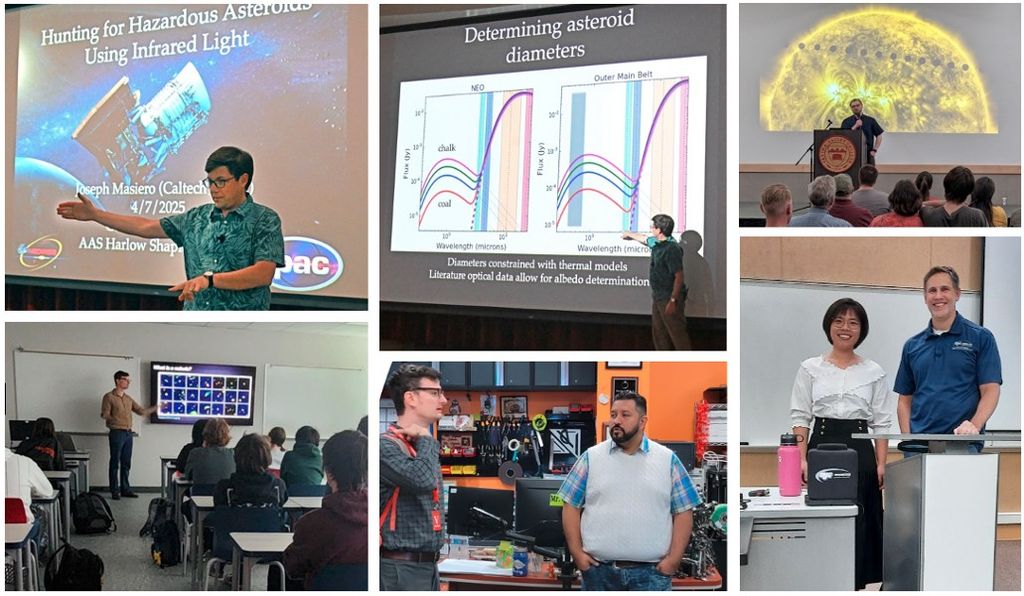AGN SIG Seminar
Active Galactic Nuclei Science Interest Group
DATE
Dec 13, 2022
TIME
12:00 pm EST
COMMUNITY
AGN SIG
TYPE
Seminar
On the origin of radio-loudness in active galactic nuclei using far-infrared polarimetric observations
Enrique Lopez Rodriguez
To explain the transfer of energy surrounding supermassive black holes (SMBH), most of the theoretical models, if not all, must incorporate magnetic fields (B-fields). As matter rotates and gets closer to the black hole, the outgoing radiation results in the extraction of energy from the SMBH— matter rotating around an SMBH must have a B-field to account for the loss of angular momentum. This is the main physical mechanism for powering the core of galaxies that contain active nuclei. Although this process can explain the dynamics of matter at sub-pc scales around the black hole, there are still no clear observations of how the matter from the host galaxy, which contains kpc-scale B-fields in close equipartition with the diffuse interstellar medium, feeds the central SMBHs at scales of 10 – 100 pc.
We have observed the signature of magnetically aligned dust grains at infrared/sub-mm wavelengths in a sample of radio-loud (RL) and radio-quiet (RQ) active galactic nuclei (AGN). We found that RQ AGN are low polarized (< 0.4%), while RL AGN are highly polarized (5 – 11%) at 10 – 100 µm. These results are particularly interesting because the dusty torus represents the AGN accretion flow on pc-scales, and our result, besides the radio differences, may be the most telling and dramatic empirical difference between RL versus RQ AGN. For RL AGN, the magnetic fields at 5 – 120 pc-scales may be able to compress and sustain the dusty torus, which extends the inflow/outflow processes from sub-pc scales to pc-scales and links the inflow and outflow with the dynamics of the host galaxy. These findings have profound implications for how we classify and study the evolution of active galaxies, the production of their jets, and their AGN-host connection.
Find the schedule and list of speakers on our website.
News Straight to Your Inbox
Subscribe to your community email news list
We will never share your email address.





